Android 4.4 KitKat
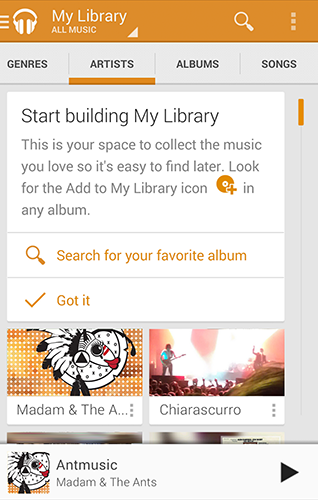
Your branding
Consistency has its place in Android, but you also have the flexibility to customize the look of your app to reinforce your brand.Use your brand color for accent by overriding the Android framework's default blue in UI elements like checkboxes, progress bars, radio buttons, sliders, tabs, and scroll indicators.
Show your app's launcher icon and name in the action bar so that users can see it in every screen of your app.
Your Branding highlights these and other pointers on how to incorporate elements of your brand into your app's visual language — highly encouraged!
Touch feedback
Before Android KitKat, Android's default touch feedback color was a vibrant blue. Every touch resulted in a jolt of high-contrast color, in a shade that might not have mixed well with your brand's color(s).In Android KitKat and beyond, touch feedback is subtle: when something is touched, by default its background color slightly darkens or lightens. This provides two benefits: (1) sprinkles of encouragement are more pleasant than jolts, and (2) incorporating your branding is much easier because the default touch feedback works with whatever hue you choose. Check the updated Touch Feedback page for more details.
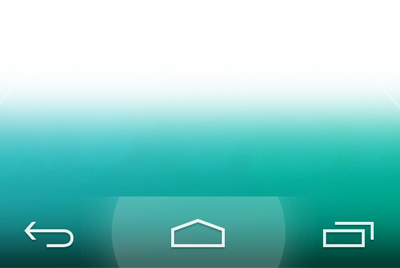
Full screen
Android KitKat has improved support for letting your app use the entire screen, with a few different approaches to meet the varying needs of apps and content. The new Full Screen page will guide you in setting the stage for deep user engagement.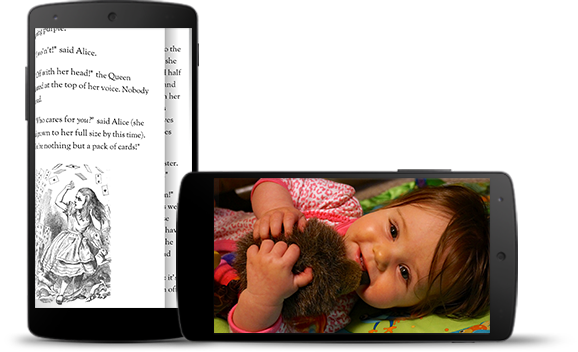
Gestures
The updated Gestures
page covers new and updated gestures introduced in Android KitKat:
double touch drag and double touch. These
gestures are used for changing the viewing size of content.
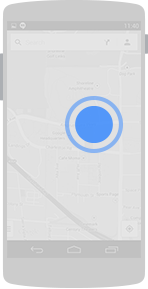
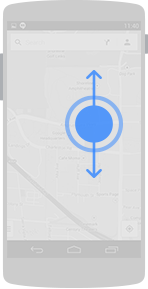




No comments:
Post a Comment